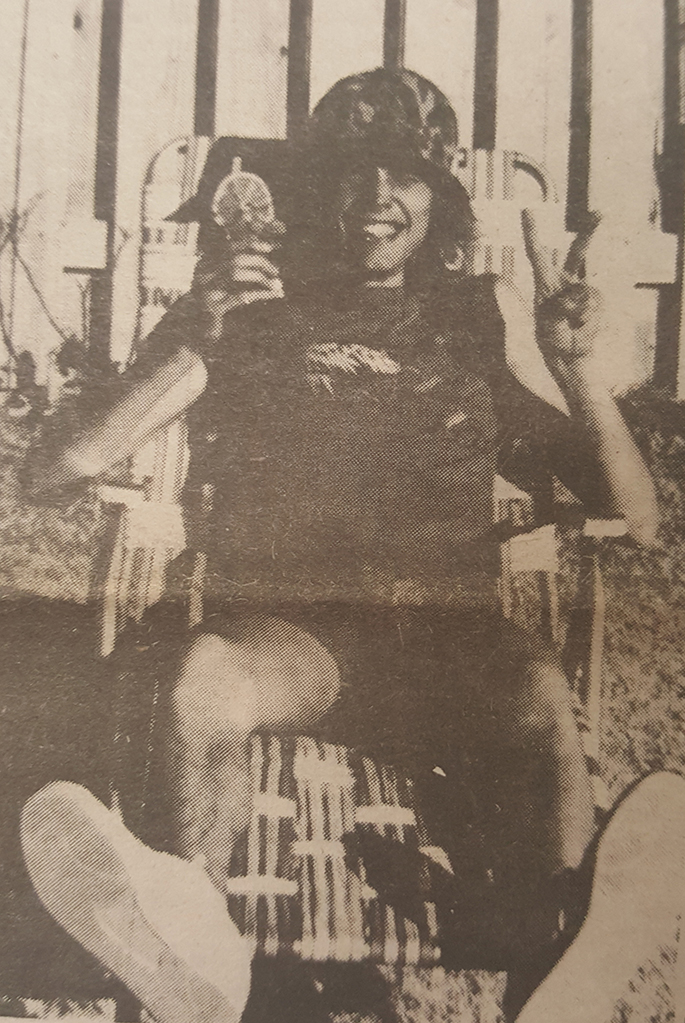Statistics Show Typical Student

Here, according to the College Board, is the face of the freshman class:
The number of courses in traditional, academic areas, taken by the college-bound high school seniors of 1985, increased. The largest increases were in math and physical sciences, and women reported larger increase than men in both areas.
Enrollment in honors, or advanced placement courses increased for all subjects. The most popular college majors are business management and administration (7.5%), accounting (4.6%), pre-medicine (4.5%), pre-law (3.5%), computer sciences (3.3%), and registered nursing (2.6%). Most seniors intending to study business are women (55%).
Interest in computer science fell for the second straight year, and interest in engineering fell for the third. Interest in education increased for the second year running, and the SAT verbal and math averages of these students rose six and seven points respectively over 1984, and 10 and 14 points over 1983.
Only 20 percent of college-bound seniors’ families can meet the full annual average cost at four-year public colleges ($5,300). Only 12.5 percent can meet the cost for four-year private colleges ($9,700).
The percentage of ethnic-minority students rose to an all-time high of 20 percent.
The number of students taking the SAT rose by more than 12,600 even though the number of high school graduates was projected to drop by three percent.
More than half (59%) say they wish to live in a dormitory during their first two years of college; 22 percent at home; 14 percent in an apartment; and five percent in a fraternity or sorority house. The preference for coed dormitories has been growing since 1974.
A whopping 70 percent were active in athletics in high school; 45 percent in social or community clubs; 43 percent in art, music or dance; 35 percent in religious organizations; 28 percent in journalism, debating or drama; 24 percent in student government; 14 percent in departmental or preprofessional clubs and seven percent in ethnic organizations. Most students plan a reduction in extracurricular activities in college, particularly in athletics and religion.




